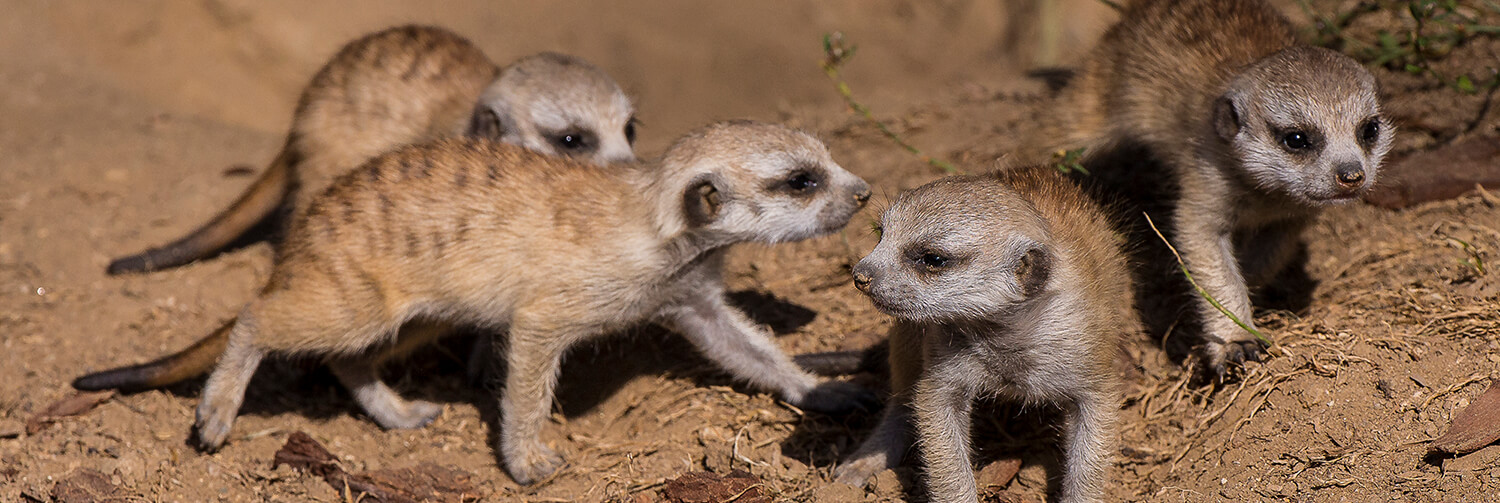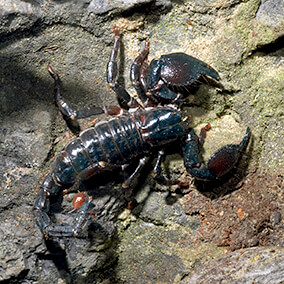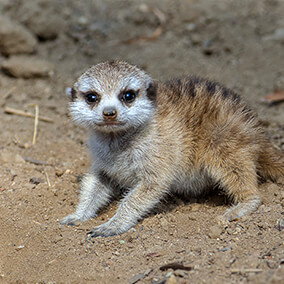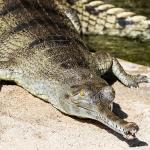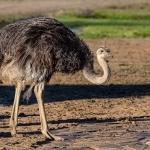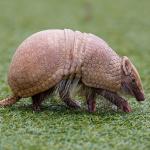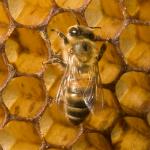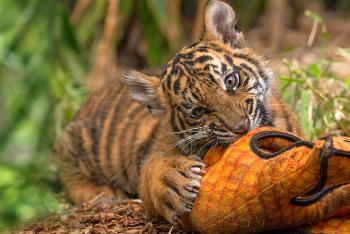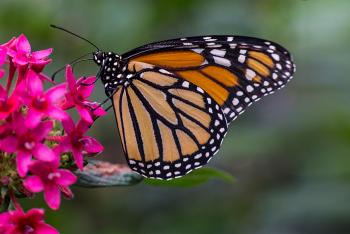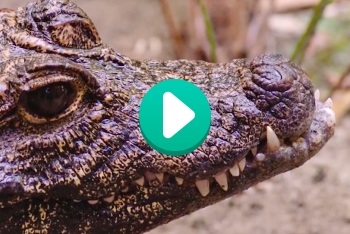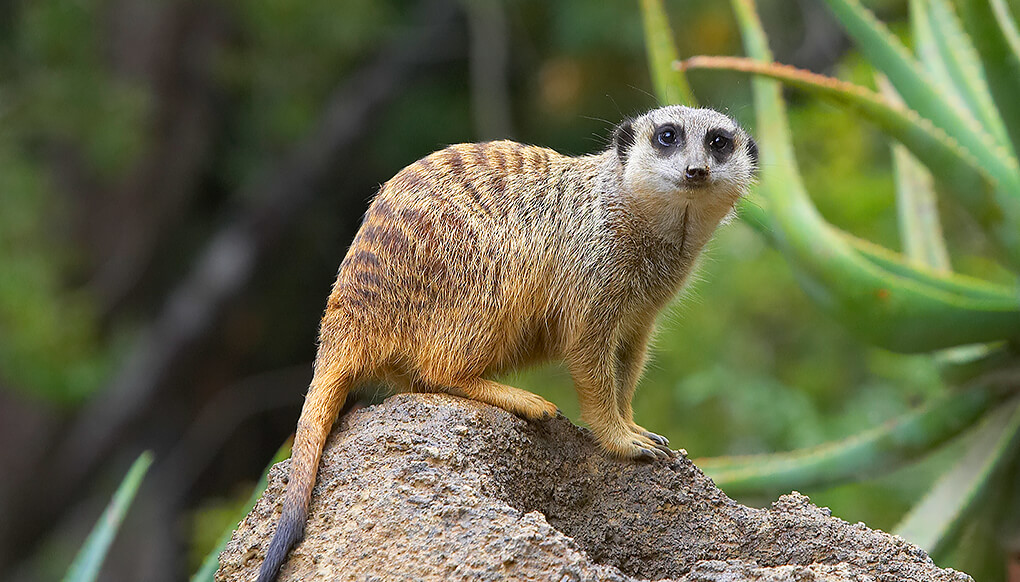
Meerkat

Mammals


Stable
facts

Meerkats eat insects, spiders, scorpions, snails, rodents, birds, eggs, and lizards.
Meerkats live in dry plains areas with sparse plants.
description
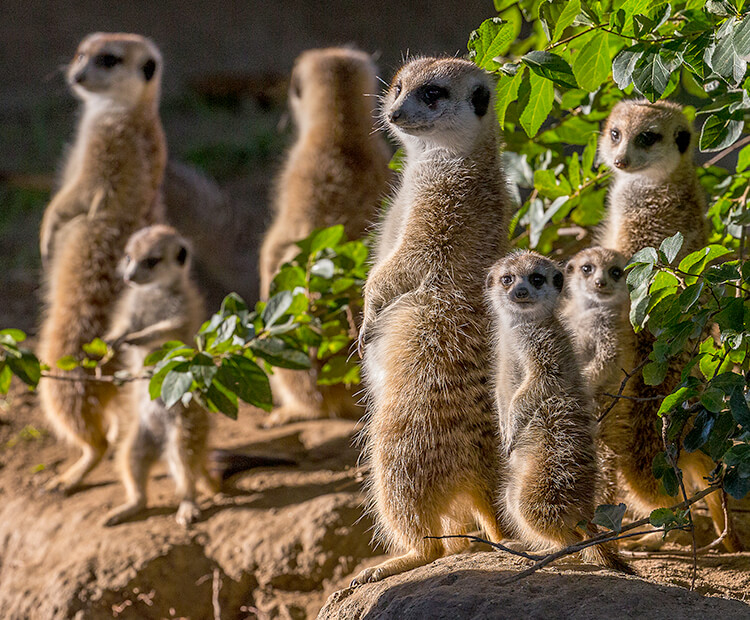
Meet the mob
Meerkats live in underground burrows in large groups of up to 30 individuals called a gang or a mob. The mob is made up of several families, but one dominant female and one dominant male produce most of the babies.
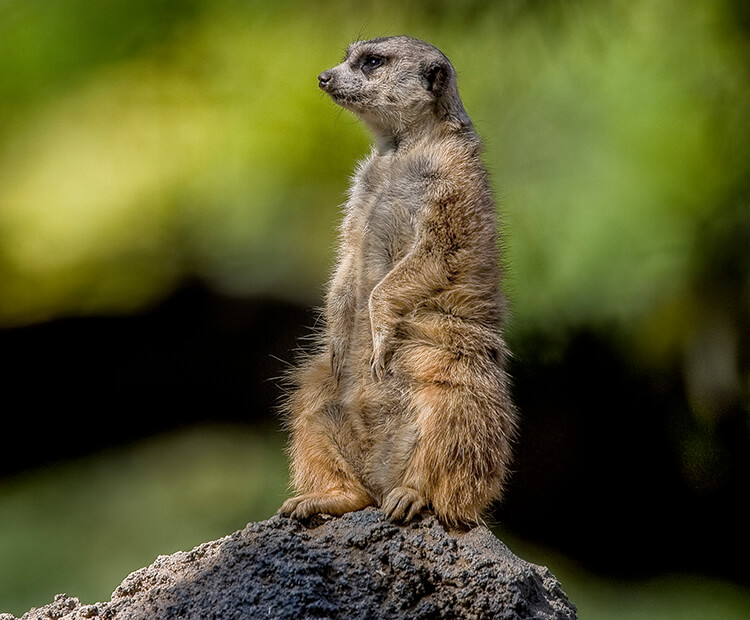
On the lookout
Adult meerkats take turns acting as guards while the others look for food. The guard climbs to the top of the highest rock, termite mound, or bush it can find. Then it stands upright on two legs to get a good look around. If the guard spots danger, it alerts the others with a bark or whistle. The other meerkats all dash back into their burrows when they hear the guard's call.
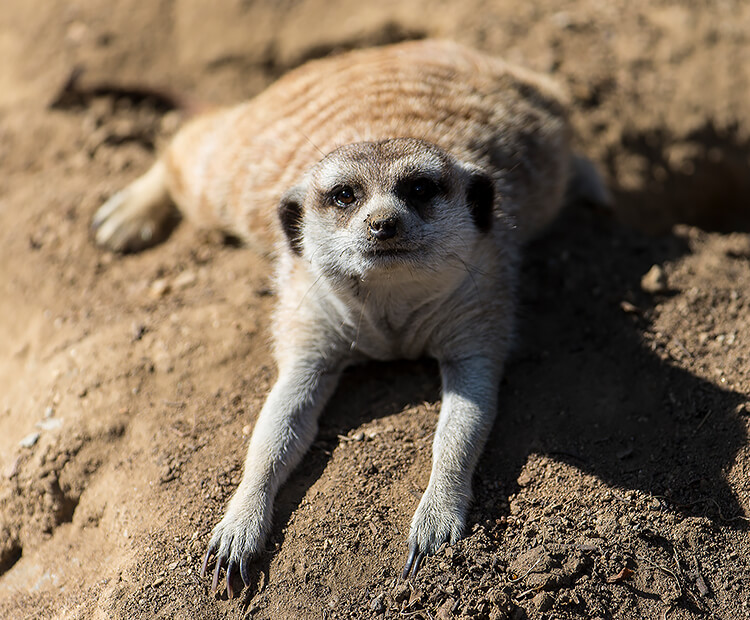
Digging experts
Meerkats have very long claws to help them dig their burrows and to uncover food. They have a special membrane that covers the eye to protect it from dirt and rocks while they are burrowing. They also have very special ears that they can close to keep out soil when digging.

